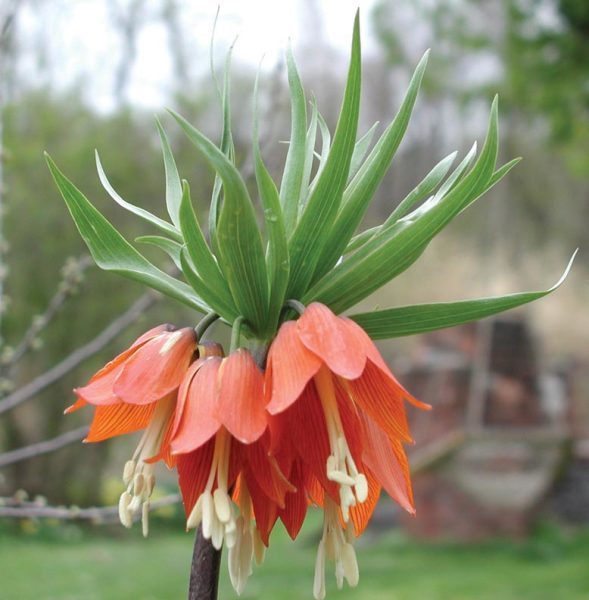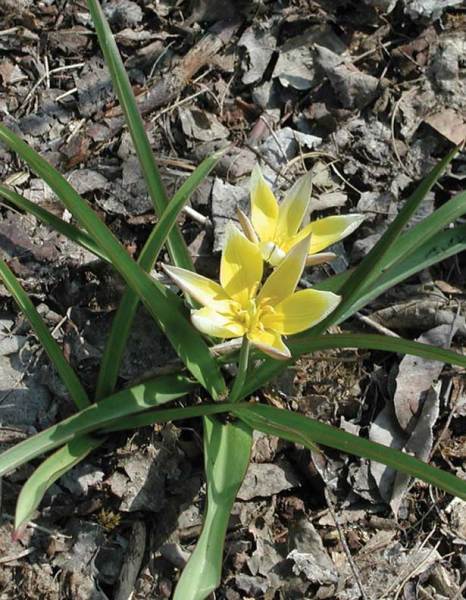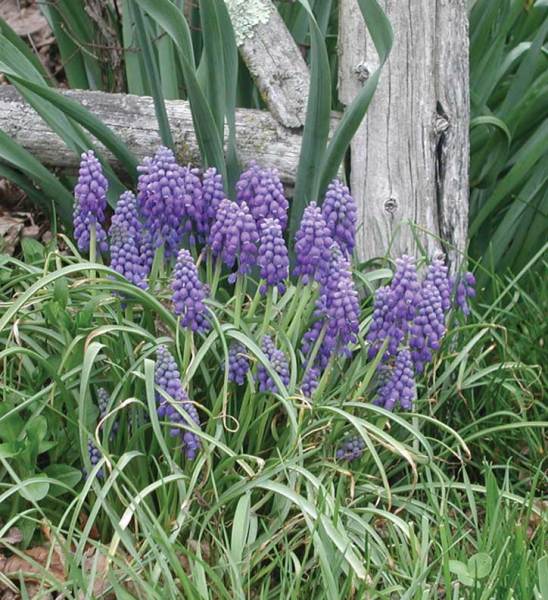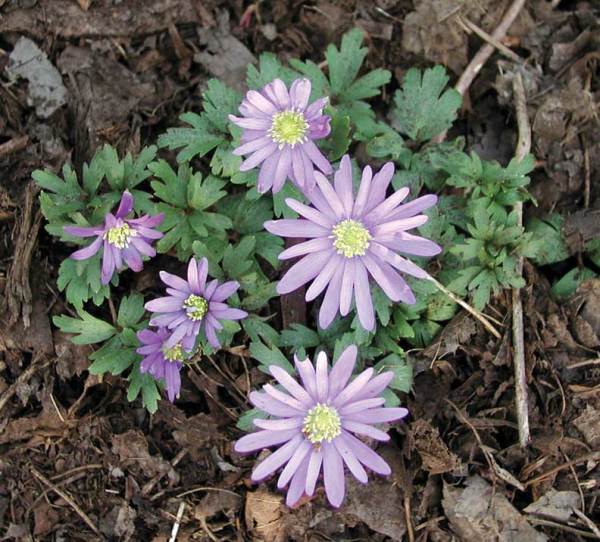
The distinctive blossoms of the ‘crown imperial’ fritillary.
Breathing new life into an old home truly is an exercise conducted out of love and respect for the past. And with all the effort you put into it, you want it to look its period best, inside and out—and that includes landscaping.
But let’s face it; the bulk of your time is likely spent stripping layers of paint from gorgeous mahogany railings or refinishing well-used floors. Sadly, whipping your garden into shape often takes a back seat to structural renovations. However, a little effort in the fall can yield exceptional flowers that are as forgiving and low-maintenance as they are beautiful, and a prime example of this combination of beauty and ease is old-fashioned bulbs.
Admittedly, “old-fashioned” is a loose categorization, comprising bulb varieties that have been around for centuries, or, and this is strictly my personal opinion, look like they could have been around that long.
As dainty as they appear on the surface, old-fashioned bulbs are rugged plants that recall bygone eras, often surviving in better condition than the structures they once graced. They express a simpler, more genteel charm than most of their modern counterparts.
Tulips, one of the most-recognized bulb species, are native to Turkey and have been grown in European gardens since the 16th century. Growing them, or at least trading the bulbs themselves, became something of a craze in 17th-century Holland, with the best going for more than their weight in gold and people speculating money, jewels, wine—even their homes—on prize specimens. ‘Lac van Rijn’ and ‘Zomerschoon’ are two varieties from that era that are still available, the former with purple-red, ivory-edged petals, and the latter showing off petals patterned with shades of strawberry and cream.

Old-fashioned tulips, like the waterlily tulip, are hardier than their more recognizable modern cousins.
Many modern tulips, despite their soldier-like stances, aren’t known for their endurance, so they were often grown as short-lived perennials. In contrast, so-called species tulips, which are not far removed from their wild forms, endure and even spread with ease. Take Lady tulip (Tulipa clusiana), for example, first planted in gardens in the early 17th century: With its gray-green, strappy leaves; foot-high stature; and relatively narrow, pointed blossoms, you’d hardly recognize it as a tulip by today’s definition. But its flowers, rose-and-white-striped on the outside, expand to become more tulip-like, then spread even wider to create a star with a deep purple heart.
The waterlily tulip (Tulipa kaufmanniana) is one of my favorite species tulips, with its flushed-pink petals that spread wide to resemble pale-yellow waterlilies with golden throats. This tulip has been crossed with another charming species tulip, T. greigii, which boasts large, brightly colored flowers and fat, purple-striped leaves.
Other old-fashioned bulbs that are among my favorites are the fritillaries (Fritillaria spp.). The stalk of one fritillary, ‘crown imperial’ (Fritillaria imperialis) rises above a whorl of foliage to be capped by a tuft of green, below which dangles a ring of downward-facing orange or yellow blossoms. This plant is featured prominently in old Dutch still life paintings, but what really spurred me to expand my ‘crown imperial’ plantings was the comely row I saw in Monet’s garden at Giverny, the stalks rising up through the foliage of lilies and backed by a stone wall.

Muscari, also known as grape hyacinths, are so winter hardy, no old-house garden should be without them.
Surprisingly, some of the smallest bulbs are among the most robust, as long as they aren’t overwhelmed by the deep shade of a high-grass meadow or canopied trees. Among the earliest to bloom are the aptly called snowdrops (Galanthus spp.), emerging in late winter to early spring. This native of the open woodlands of Europe sports downward-nodding white flowers with green-tipped petals. Other early bloomers include squill (Scilla siberica), with its drooping, flared, icy-blue bells; striped squill (Puschkinia libanotica), whose small white petals each have a blue stripe; and chionodoxa (Chionodoxa luciliae), with white-eyed, vivid-blue blossoms pointing skyward. The strappy leaves of all these small bulbs blend with grass and mature just about the time lawn needs mowing, allowing the bulbs to naturalize.
Winter aconite (Eranthis hymenalis) is almost worth growing for its foliage alone. The yellow flowers resemble buttercups, to which they are related, and each sits atop a collar of frilly, bright green leaves. As suggested in its common name, it’s a very early bloomer.
Windflowers (Anemone blanda) also have noteworthy leaves—lacy, in this case. The flowers, opening in full sunlight and resembling pastel-colored daisies, have graced gardens and fields on both sides of the Atlantic for more than a hundred years.

Windflowers resemble pastel-colored daisies with lacy leaves.
Daffodils were grown by both the ancient Egyptians and Greeks and reached British gardens by the 13th century. But their popularity didn’t soar until the end of the 19th century when many new varieties began to be developed. Two old-fashioned daffodils worth considering today are the Poet’s narcissus (Narcissus poeticus) and Lent lily (Narcissus pseudonarcissus). Poet’s narcissus, dating back to the 17th century, sports snowy-white, fragrant blooms. Lent lily’s origin stretches back to the 13th century, but it also was popular during Colonial times. It has a narrow lemon-yellow trumpet and slightly lighter petals that sweep forward.
The daffodil is a fall-planted bulb that not only has been a longtime staple, but also, with very little attention, will propagate over the years. Plus, animals avoid it—an important consideration if you live in a rural area. For naturalized daffodils, don’t mow until the daffodil foliage has browned, at which point you’ll have a meadow, rather than a lawn, underfoot. In my opinion, there’s not a cheerier sight in spring than a crowd of flowering daffodils skipping down a hillside or a tulip border marching around a foundation.







